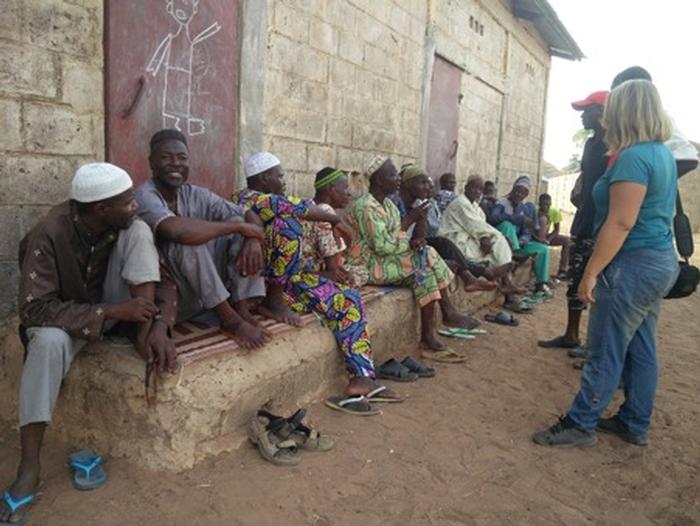Gunraagh Singh Talwar - ProposalMediums to ChangeArchitecture for All?
In a paradigm where good design is associated with an equivalent charge, architects serve less than 10% of the population and are simply inaccessible to the communities they aspire to serve most. Community-oriented architecture today comprises only practices that are pro-bono or grants-based.
Venturing into our own larger community, we realized Chhav* - a project for dignified open spaces for the people of Bhalswa who are subject to living around a waste landfill. Today, as we immerse ourselves in a participatory process, I find myself in a dilemma while answering the year’s essay question:
Is it an architect’s duty to give up self-aspirations for the community? Is such a rooted practice scalable, or even sustainable?
Theory, Practice, and Praxis
Much of architectural education lies beyond the book, and in this, beyond architecture school. While schools play their role in endowing students with essential industry skills, they are rooted in theory and disjunct from practice — often ignoring the complexities of real-life situations.
I believe architects can aspire to best serve the community by making design accessible, and in furthering the same attempt to develop a sound praxis, one that is social yet sustainable. Two local practices are brought to light by the BEP reserves as precedents to a holistic praxis; Delhi based Social Design Collaborative — an agency of social architects working solutions for the city, and Bangalore based Bhumiputra’s Chote Kadam — a community infrastructure development program realized through Corporate Social Responsibility (CSR).
Social Design
2017, Swati Janu realized the need for a school in Delhi’s squatter settlements that could be constructed in a few days and dismantled in a few hours. This was the birth of Social Design Collaborative, a community-driven practice that believes in providing access to design for all through collaborative projects. The practice has since developed the school prototype further and is collaborating with government agencies for citywide research.
Build what you must
2018, Parinaam Foundation, a non-profit organization, sought aid from Ujjivan Trust to develop infrastructure for the urban ultra-poor and partnered with Bhumiputra architects. Chote Kadam has since impacted 99,170 lives by intervening in schools, healthcare, sanitation, and community. “Since you are in charge of public money, it is your responsibility to put it to best use,” says Alok Shetty, Bhumiputra’s principal.
Architects in service to the community
In describing architecture that is for the people and by the people, the essay shall develop a conversational narrative with the people. It attempts to bring out the potential of collaboration and open-source design in the realm of the community through Swati Janu, and through Alok Shetty, the need for a conscious approach in designing with the community. Together, with synthesized learnings from the two praxis, it aspires to develop a sustainable model for community-centric practice. Ultimately, in answering ‘Why Architecture?’, the narrative approaches the people of Bhalswa on how they feel architecture can address the needs of community.
*Chhav
https://centerforthelivingcity.org/oanfellows2020-chhav
References
BEP Reserves
http://berkeleyprize.org/competition/essay/2017/winning-essays/jan-doroteo-essay
http://berkeleyprizecompetition.org/endowment/the-reserve?id=1493
http://berkeleyprize.org/endowment/the-reserve?id=2023
External References
https://commonedge.org/why-architecture-doesnt-do-more-pro-bono-work/
Additional Help and InformationAre you in need of assistance? Please email info@berkeleyprize.org. |

